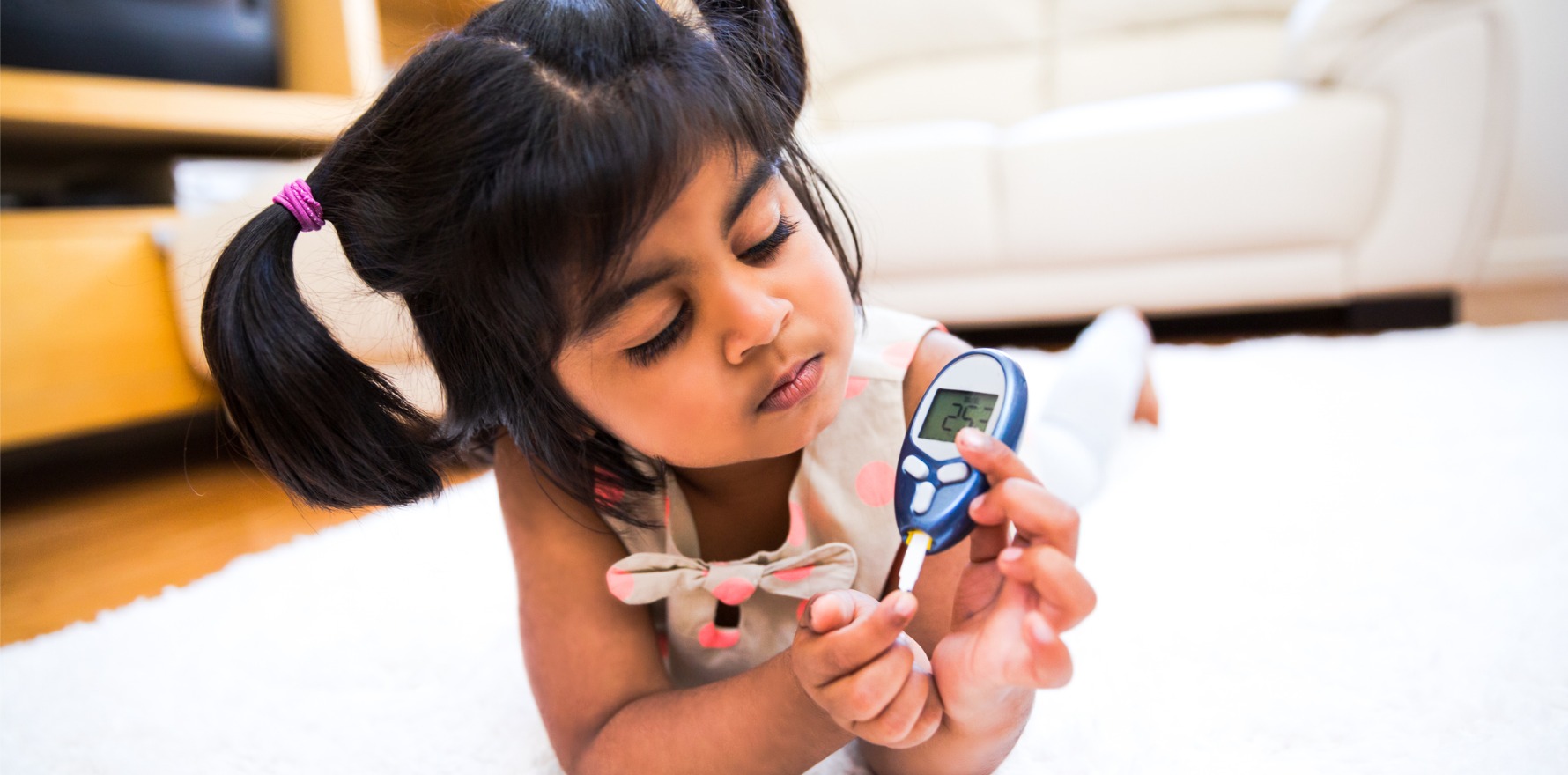Withholding CGM subsidy to type 2 patients because the disease is their ‘fault’ is deeply unfair.
Diabetes, be it type 1 or type 2, is a chronic, lifelong condition that can affect any Australian, regardless of their age, physical fitness or lifestyle.
While type 1 diabetes is treated with the seriousness it absolutely deserves, there is a public misconception that people with type 2 diabetes have in all cases created their own medical issue. In some ways, people conclude that their condition is less deserving of support as their type 1 counterparts.
This could not be further from the truth.
As a paediatric endocrinologist, I predominantly work with children living with type 1 diabetes, however an increasing number of young people are being diagnosed with type 2 diabetes. Explaining to a young person and their families that their lives have irreversibly changed, through no fault of their own, is often a challenging discussion.
They have to learn a whole new and challenging world, which includes navigating the health system, attending health care appointments, and all the ways in which they must monitor something that many of us without diabetes will never think twice about: their glucose levels.
Many youth with type 2 diabetes will also require insulin injections for the rest of their lives – a daunting prospect.
Mercifully there are constant advances in technological support for these youth and the millions of Australians with diabetes. From finger-prick testing, we have moved on to the more advanced wearable continuous glucose monitoring (CGM) sensors, which allow the young person and their parents to monitor their glucose levels with up-to-the-minute accuracy.
As part of the last election, both the Coalition and Labor put forward subsidy commitments for these CGM sensors to be made available for all 130,000 Australians with type 1 diabetes. This was a game-changer for the way diabetes is managed in this nation and I applaud this decision.
However, this medical technology costs thousands of dollars each year for those who are not eligible for the subsidy, and most of the families I see where children are living with insulin-requiring type 2 diabetes simply cannot afford to foot this bill.
Most people with type 2 diabetes are not children. But in this unique population that I deal with every single day, it is very challenging when you tell them “You’ve got diabetes, you need insulin, but you have to finger-prick”. And then the person next door to them who has type 1 diabetes has subsidised access to this technology instead.
I see youth with type 2 diabetes who feel like they are a second-class citizen, which is wrong. If you have diabetes, need to check your glucose levels and use insulin, it is really frustrating if you are considered to have a less significant form of diabetes than type 1.
This is simply not true. All the research and clinical data show that if you get type 2 diabetes as a child or an adolescent, you have a much worse long-term outcome in terms of chronic kidney disease, heart disease, early death. And that is not the fault of the young person – it is the nature of type 2 diabetes in this age group.
The fact that in Australia, we are not letting children with type 2 diabetes have the same kind of care as someone that has type 1 when they are using the same medications, is a serious cause of concern.
Continuous Glucose Monitoring, or CGM, has completely changed the landscape for type 1 diabetes, and it if it were more accessible, would change the landscape of type 2 diabetes. It significantly reduces the burden on young people and their carers, and supports treatment decisions by the health care team (as is the case for type 1 diabetes) They go to school, do sport, go out with friends and they can do the same things as youth without diabetes, free of the stigma of taking time out of their lives to prick their finger.
In addition, insulin treatment can cause low blood glucose levels (hypoglycaemia), and many youth live in constant fear of this. CGM markedly reduces this fear because it will detect impending hypoglycaemia or alarm if hypoglycaemia occurs.
With the Government currently holding an inquiry into diabetes, now is the time for all sides of politics to rise to the occasion, and make this technology available to more Australians, particularly youth who live with type 2 diabetes and need insulin.
Countries such as France, Canada, Germany and England already provide this to their people. We cannot allow ourselves to fall further behind the rest of the world in delivering the top standard of healthcare.
Associate Professor Maria Craig is an Australian paediatric endocrinologist.


